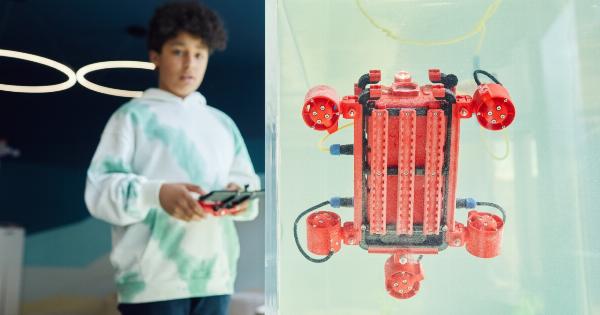Russia has made significant strides in the field of cardiac surgery in recent years. With the introduction of advanced technology and techniques, heart surgery has become faster, less invasive, and more effective.
The most impressive aspect of cardiac surgery in Russia is the speed with which it is done – procedures that would have taken hours or even days in the past can now be completed in just 20 minutes. This article explores the advanced cardiac surgery techniques now being used in Russia, and how they have revolutionized the field.
Minimally Invasive Surgery
One of the key factors that have contributed to the speed and effectiveness of cardiac surgery in Russia is minimally invasive surgery (MIS).
This is a surgical technique that involves making small incisions to access the heart instead of traditional open-heart surgery. The surgeon uses special tools to perform the surgery, allowing for greater precision and minimizing the risk of complications. MIS is used in a range of cardiac surgeries, including:.
- Coronary artery bypass grafting (CABG)
- Heart valve repair or replacement
- Arrhythmia surgery
- Atrial septal defect (ASD) repair
- Ventricular septal defect (VSD) repair
MIS is preferred over traditional open-heart surgery as it comes with many benefits, including:.
- Reduced blood loss
- Minimal scarring
- Less postoperative pain
- Faster recovery time
- Reduced risk of infection
- Shorter hospital stay
In Russia, MIS is performed with the help of advanced technology such as robots and 3D imaging. This allows the surgeon to have greater control and precision during surgery, resulting in faster and better outcomes.
Robotic Surgery
Robotic surgery is another advanced technique used in cardiac surgery in Russia. It involves using a robot to assist the surgeon during the procedure.
The surgeon controls the robot’s movements, which are more precise and steady than human hand movements alone. Robotic surgery is particularly useful in performing complex procedures that require a high degree of precision, such as heart valve replacement or repair.
Robotic surgery uses small incisions like MIS, and the robot’s arms are inserted through these incisions to perform the surgery.
The robot is equipped with 3D cameras that provide the surgeon with a clear view of the surgical area from different angles. This allows the surgeon to perform the surgery with greater accuracy, reducing the risk of complications. As a result, robotic surgery results in faster recovery times, reduced blood loss, and less postoperative pain.
Transcatheter Aortic Valve Replacement (TAVR)
Transcatheter aortic valve replacement (TAVR) is a minimally invasive heart valve replacement procedure that is now offered in Russia.
TAVR is used to treat aortic stenosis, a condition in which the aortic valve in the heart becomes narrower, reducing blood flow to the body.
The procedure involves inserting a replacement valve into the heart through a small incision in the groin or chest. The valve is guided to the heart using a catheter, which can be seen on a monitor during the procedure.
Once in place, the new valve is expanded, pushing the old valve aside and improving blood flow.
The Benefits of TAVR
TAVR is preferred over traditional open-heart surgery in patients who are older or have other health conditions that put them at a higher risk of complications. The benefits of TAVR include:.
- Shorter hospital stay
- Faster recovery time
- Reduced blood loss
- Less postoperative pain
- Lower risk of infection
TAVR is also performed faster than traditional heart valve replacement surgery, taking just 20 to 30 minutes instead of several hours. This makes it a safe and effective option for many people.
Conclusion
The advancements in cardiac surgery in Russia have helped reduce the time and risk associated with heart surgeries. The use of MIS, robotic surgery, and TAVR have revolutionized cardiac surgery, making it faster and less invasive.
These techniques allow for greater precision and control, translating to better outcomes for patients. As technology continues to advance, we can expect cardiac surgery in Russia and other countries to become even more effective and accessible.



























